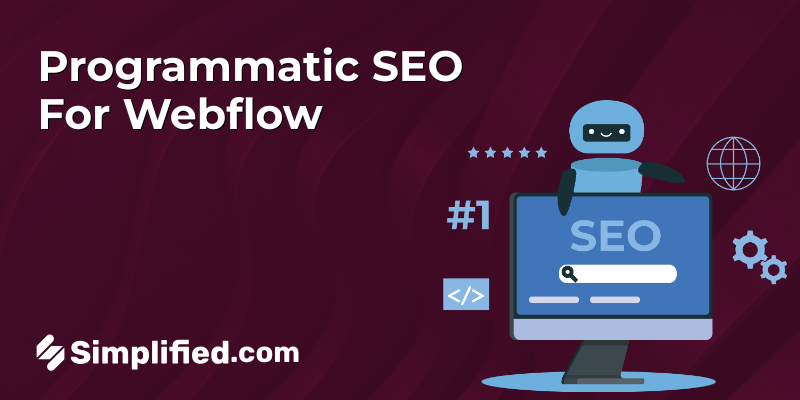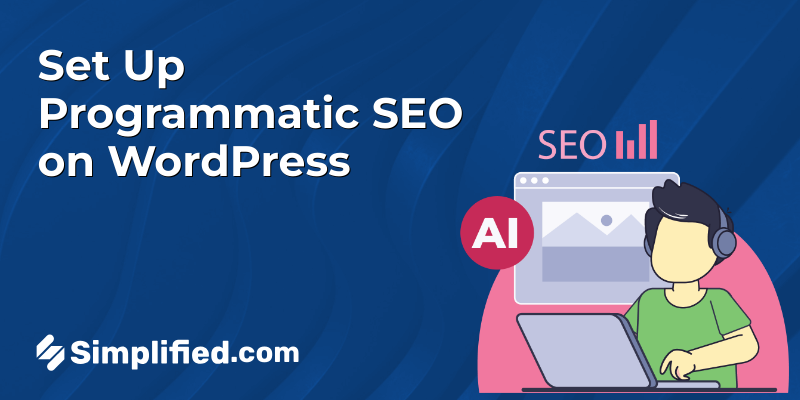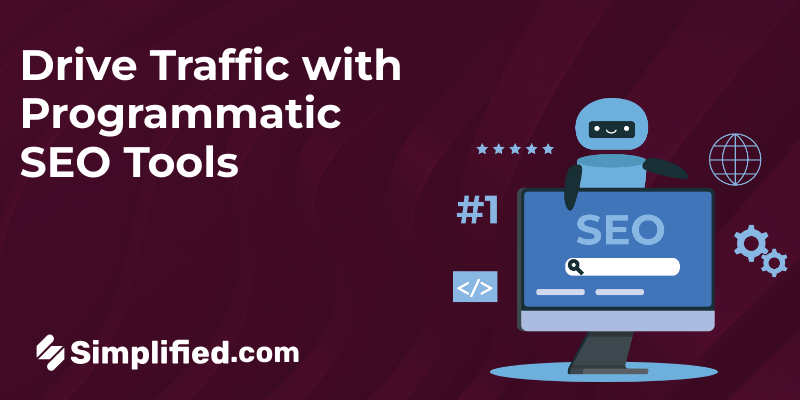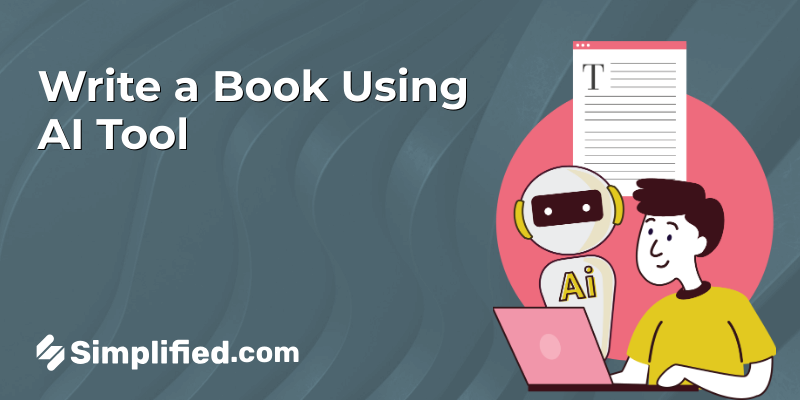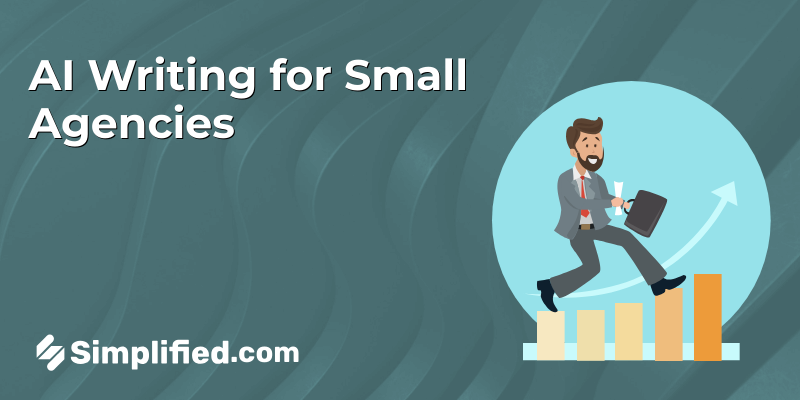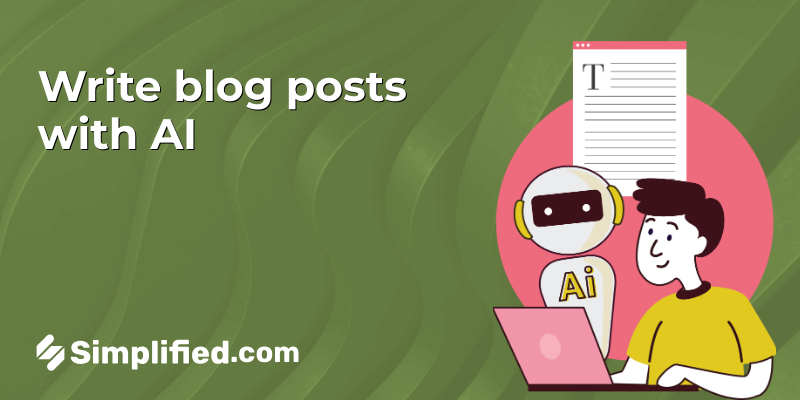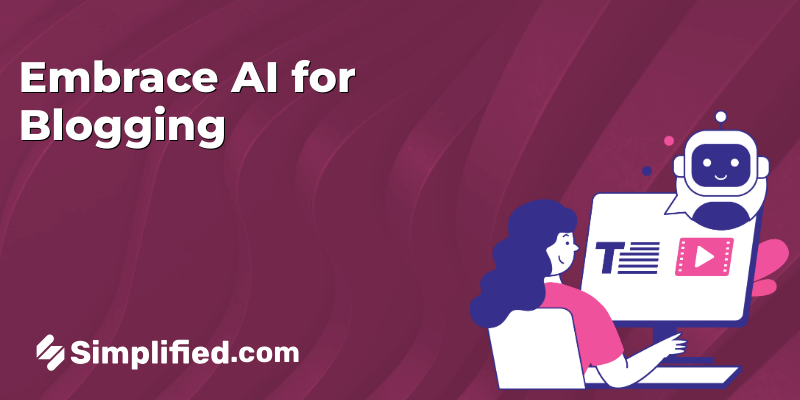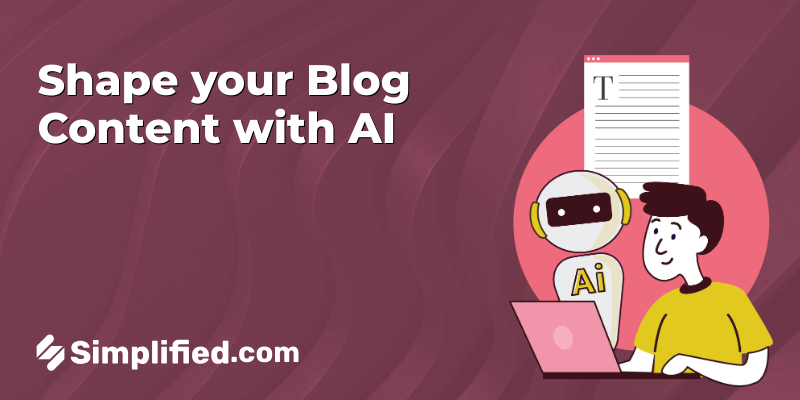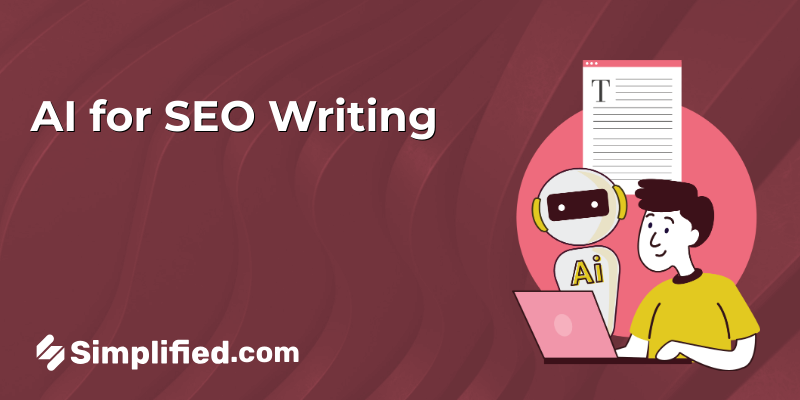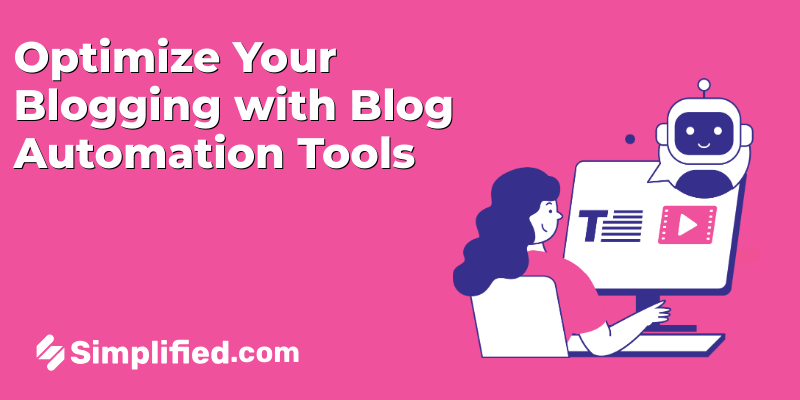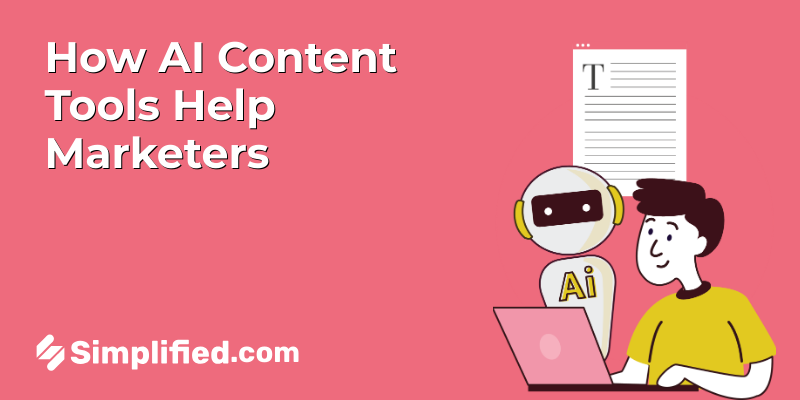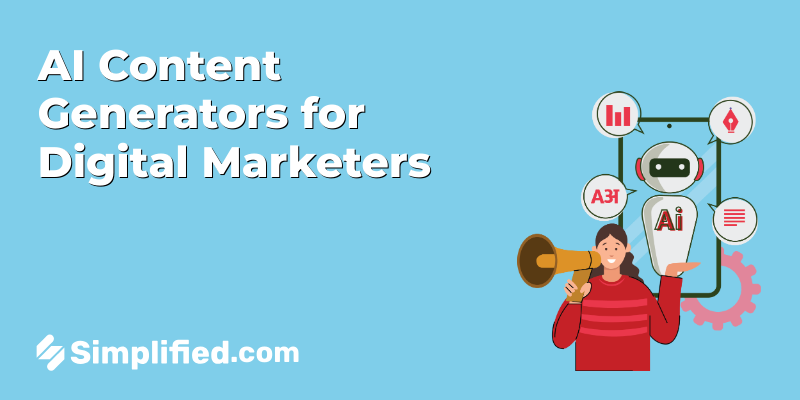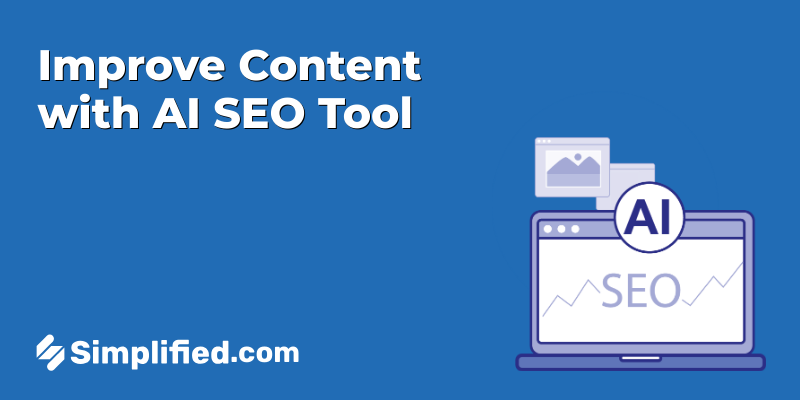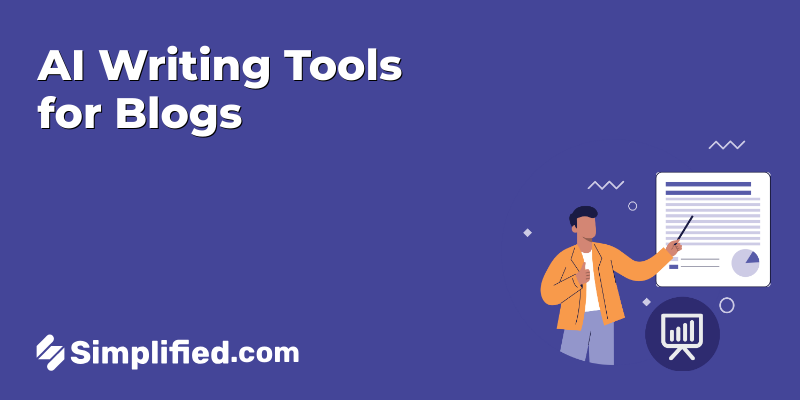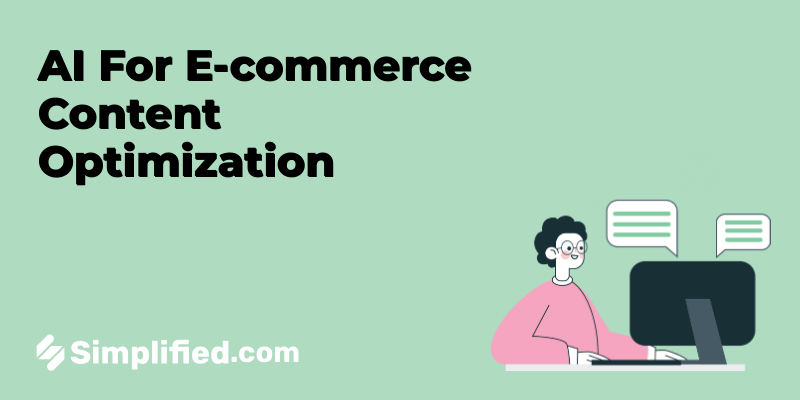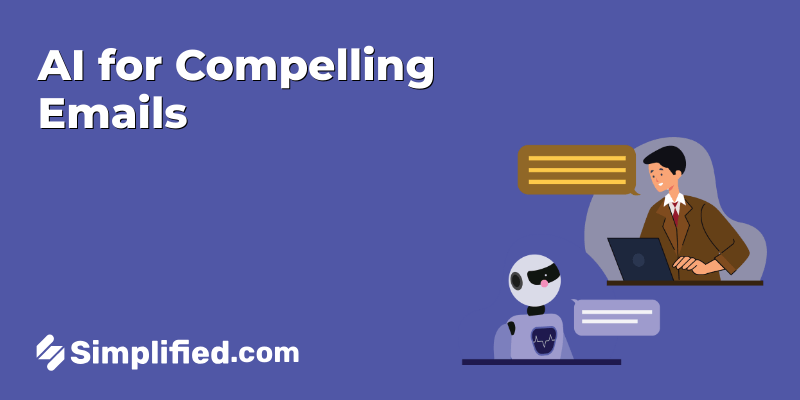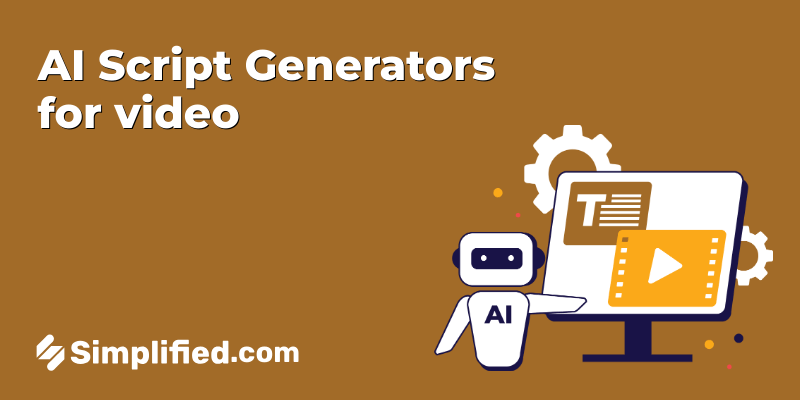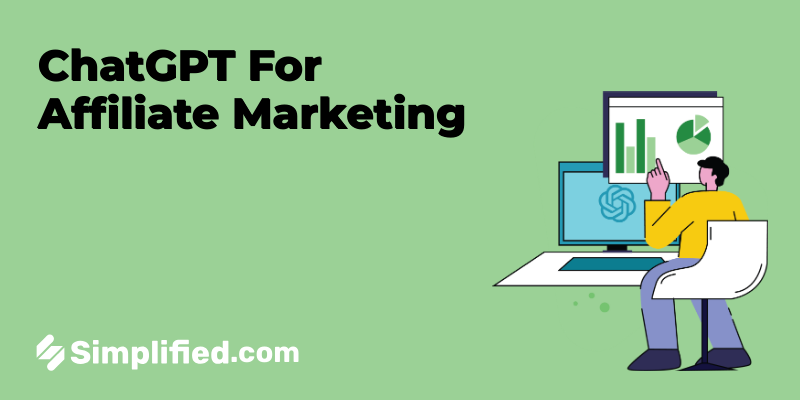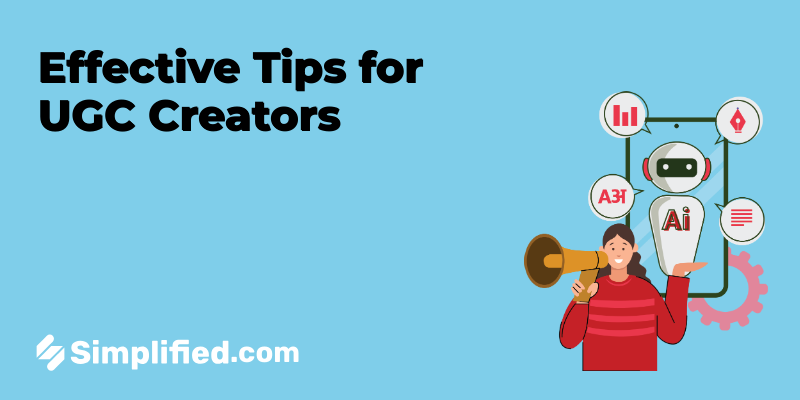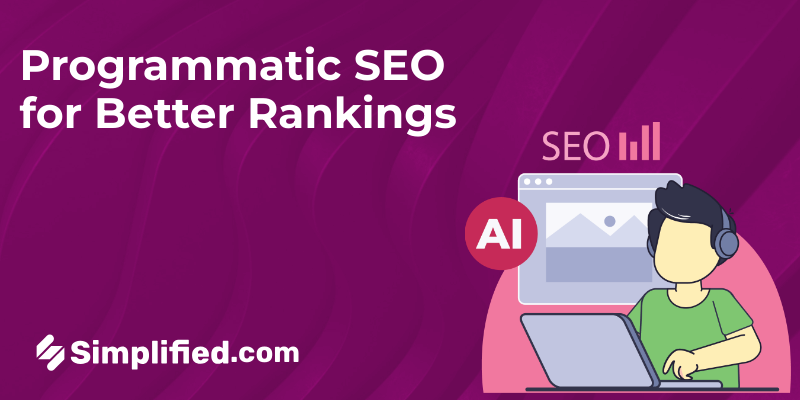
Imagine being able to generate hundreds or even thousands of pages of content, each optimized to rank well in search engines and tailored to exactly what users are searching for—all without sacrificing quality. That’s the power of programmatic SEO. This advanced strategy combines automation, structured data, and smart workflows to scale your website’s content creation while ensuring it aligns with search engine requirements and user intent.
Programmatic SEO isn’t just about producing content in bulk; it’s about implementing SEO at scale with highly relevant, data-driven pages that address specific queries and keep your strategy SEO automated for maximum efficiency. In this guide, we’ll uncover the key components of programmatic SEO, explore how it can transform your content strategy, and provide actionable steps to implement it effectively. Whether you’re looking to rank for a vast array of keywords or improve the efficiency of your content operations, programmatic SEO offers a smarter, more effective approach to dominating search rankings.
What Is Programmatic SEO?

Programmatic SEO involves creating and optimizing large-scale, highly targeted content pages through automation and data-driven insights. Instead of manually crafting each webpage, this method uses:
- AI Templates: Predefined AI templates that allow consistent, quick creation of pages.
- Databases: Structured repositories of information (e.g., product catalogs or location data).
- Automation Tools: Software to generate pages, insert metadata, and optimize keywords.
For example, an e-commerce website might use programmatic SEO to create unique pages for every combination of product type, size, and location. This approach ensures that each page caters to specific user searches while maintaining efficiency.
Benefits of Programmatic SEO
Programmatic SEO offers several advantages for businesses seeking to expand their online visibility:
- Scalability: Generate thousands of pages without compromising on quality.
- Improved Targeting: Cater to long-tail keywords and specific queries often overlooked in traditional SEO strategies, enabling SEO at scale.
- Enhanced User Experience: Provide users with precise, relevant content matches to their needs.
- Increased Traffic: Capture niche audiences and drive organic traffic to your website.
- Cost-Effectiveness: Reduce manual labor and maximize returns from automated processes.
Key Components of a Programmatic SEO Strategy
1. Structured Data
Structured data is the foundation of programmatic SEO. It organizes information into easily retrievable formats. Common sources include:
- Product catalogs
- Geographic data
- User-generated content (e.g., reviews or testimonials)
Ensure your data is accurate, complete, and well-organized to facilitate efficient page generation.
Bonus: How to Set Up Programmatic SEO on WordPress: Simple Tips
2. Keyword Research
Effective keyword research is vital. Focus on:
- Long-Tail Keywords: Highly specific queries with less competition (e.g., “best Italian restaurants in Manhattan”).
- Search Intent: Understand whether users are looking for information, products, or solutions.
- Clusters: Group related keywords to create interconnected content pages.
3. Automation Tools
Leverage tools like Python scripts, APIs, or specialized SEO software to automate:
- Page creation
- Metadata insertion
- Internal linking structures
4. Templates and Design
Templates ensure consistency and reduce development time. A well-optimized template includes:
- Mobile-friendly design
- SEO-friendly URL structures
- Clear CTAs and navigation menus
Bonus: AI for SEO: A Marketer’s Guide to Improved SEO Writing
5. Internal Linking
Interlinking programmatically generated pages improves site architecture and helps search engines crawl your website effectively. Use relevant anchor texts and logical navigation paths.
How to do Programmatic SEO
Step 1: Define Objectives
Identify the goals of your programmatic SEO campaign, such as:
- Driving organic traffic
- Increasing conversions
- Expanding your content catalog
Step 2: Gather Data
Collect and organize the data needed for your campaign. Use:
- Publicly available datasets (e.g., government or industry reports)
- Proprietary data from your CRM or inventory management system
- APIs to pull information from third-party sources
Step 3: Perform Keyword Research
Identify niche topics and long-tail keywords that align with your data. Tools like SEMrush can help uncover these opportunities.
Step 4: Develop Templates
Work with developers and designers to create scalable templates. Ensure each template adheres to best practices, such as:
- Optimized headings and subheadings
- Meta tags for descriptions and titles
- Schema markup for rich results
Bonus: 10 Top AI SEO Tools: A Comprehensive Review and Comparison
Step 5: Automate Page Creation
Use automation scripts or tools to generate content dynamically. For example:
- Create city-specific pages for a service-based business (e.g., “Plumbing Services in Austin”).
- Develop unique product descriptions using database inputs.
Step 6: Optimize Content
Review the generated pages to ensure quality. Focus on:
- Unique and engaging content
- Proper keyword placement
- Avoiding duplicate content issues
Step 7: Monitor Performance
Track your programmatic SEO efforts using analytics tools like Google Analytics or Search Console. Key metrics include:
- Organic traffic
- Bounce rates
- Click-through rates (CTR)
Common Challenges and How to Overcome Them
1. Duplicate Content
With large-scale content generation, duplicate content is a potential issue. Mitigation strategies include:
- Using canonical tags to specify the preferred version of a page.
- Ensuring unique descriptions and titles for each page.
2. Low-Quality Pages
Automated processes can result in low-quality content. Address this by:
- Reviewing generated pages manually
- Incorporating AI tools to enhance content quality
3. Over-Indexing
Google may struggle to index every page on a large website. To prevent this:
- Submit a clean sitemap
- Use robots.txt to block unnecessary pages from crawling
4. Data Accuracy
Outdated or incorrect data can hurt your SEO efforts. Regularly audit and update your data sources to ensure accuracy.
Bonus: How AI SEO Content Generators Improve Your Content Strategy
Programmatic SEO Examples in Action
1. E-commerce Platforms
E-commerce websites often generate dynamic category and product pages. For instance, a clothing retailer might create pages like “Men’s Cotton T-Shirts in Medium Size” or “Red Sneakers Under $50.” These pages are built programmatically using templates and databases, ensuring each URL targets a specific keyword combination.
2. Travel Portals
Travel websites frequently use Programmatic SEO to target localized queries. Examples include pages such as “Best Beaches in California” or “Hotels Near Times Square, NYC.” These pages are auto-generated from a repository of travel data, offering users tailored information based on their search intent.
3. Real Estate Listings
Real estate platforms employ programmatic strategies to create pages for every zip code, city, or neighborhood, such as “Homes for Sale in 90210” or “Apartments in Downtown Miami.” This approach allows them to target hyper-local search terms while providing users with specific property details.
4. Job Portals
Job search engines generate pages for roles based on location and industry, like “Software Engineer Jobs in Austin” or “Marketing Positions in Chicago.” These pages pull data from employer submissions or aggregated job databases.
5. Event Aggregators
Platforms showcasing events create pages like “Concerts in New York This Weekend” or “Art Exhibitions in San Francisco.” The content is dynamically compiled from event databases and updated regularly.
6. Educational Resources
Websites offering study materials or guides use programmatic methods to create pages such as “Algebra Practice Worksheets for Grade 8” or “Essay Topics for High School Students.” These resources are dynamically generated based on academic syllabi or popular student searches.
7. Local Service Directories
Directories programmatically generate pages for services by city and specialty, like “Plumbers in Seattle” or “Wedding Photographers in Dallas.” Each page is populated with business data, reviews, and contact details.
8. Health Information Portals
Health sites may target condition-specific searches like “Symptoms of Diabetes in Teens” or “Doctors Specializing in Orthopedics in Boston.” These pages are auto-generated based on health data and patient queries.
9. Recipe Websites
Recipe platforms create pages for every variation of a dish, such as “Gluten-Free Chocolate Cake Recipe” or “Vegan Pasta Dishes Under 30 Minutes.” These pages use programmatic SEO to meet specific dietary and time-based searches.
10. Comparison Websites
Price comparison platforms generate pages like “Best Smartphones Under $500” or “Top-Rated Washing Machines for 2025.” These pages pull data from vendor feeds and present it in a format optimized for search engines.
These examples illustrate how structured data, keyword research, and automated tools can scale content creation and effectively target user queries, making Programmatic SEO an essential strategy for websites with vast data repositories.
Bonus: Top Programmatic SEO Tools to Drive Website Traffic
How Simplified AI Workflow Can be Useful in Programmatic SEO
1. Automating Content Creation for Large-Scale SEO
Programmatic SEO often involves creating hundreds or even thousands of pages. Simplified AI can assist by automating the content creation process for these pages based on structured data or templates.
Example: For a website selling multiple products, you can use Simplified’s AI-powered content automation tools to generate product descriptions, reviews, and other necessary content in bulk. With its customizable templates, you can ensure the content fits your SEO requirements, such as incorporating relevant keywords and metadata.
2. Optimizing Meta Tags and Structured Data
Programmatic SEO relies heavily on the use of meta tags and structured data for page optimization. Simplified can automate the generation and optimization of these elements for large numbers of pages.
Example: Simplified can automatically add title tags, meta descriptions, and schema markup to each page, ensuring they align with SEO best practices and contain relevant keywords for better indexing.
3. Automating Internal Linking and URL Structure
Internal linking is a critical component of programmatic SEO, especially for large websites. Simplified AI can help by automatically generating internal links that connect relevant pages based on their content.
Example: Suppose you have a blog that covers different topics within your niche. Simplified can use AI to identify related articles and link them together in a way that improves the site’s architecture and user experience.
4. Dynamic Keyword Insertion
Programmatic SEO requires targeting multiple keywords across various pages, and Simplified AI can help with dynamic keyword insertion in your content.
Example: If you’re managing a website that offers services in different cities, Simplified can help create customized content by inserting location-specific keywords like “best plumber in [City Name]” automatically in each page’s title, meta description, and body text.
5. Automating Content Updates
Another challenge in programmatic SEO is keeping content fresh and up to date. Simplified AI can track changes in the relevant data or keywords and automatically adjust content accordingly.
Example: If the SEO landscape for your niche changes (e.g., new keywords or search algorithms), Simplified ensures your pages stay optimized by keeping SEO automated and up to date.
Final Thoughts
Programmatic SEO is a powerful strategy for businesses looking to scale content creation and improve search engine visibility. By combining structured data, automation, and strategic optimization, you can create highly targeted pages that drive traffic and conversions. While challenges like duplicate content and over-indexing exist, a well-planned programmatic SEO approach can mitigate these risks and deliver significant results. Start implementing the steps outlined in this guide to unlock the full potential of programmatic SEO for your website.

